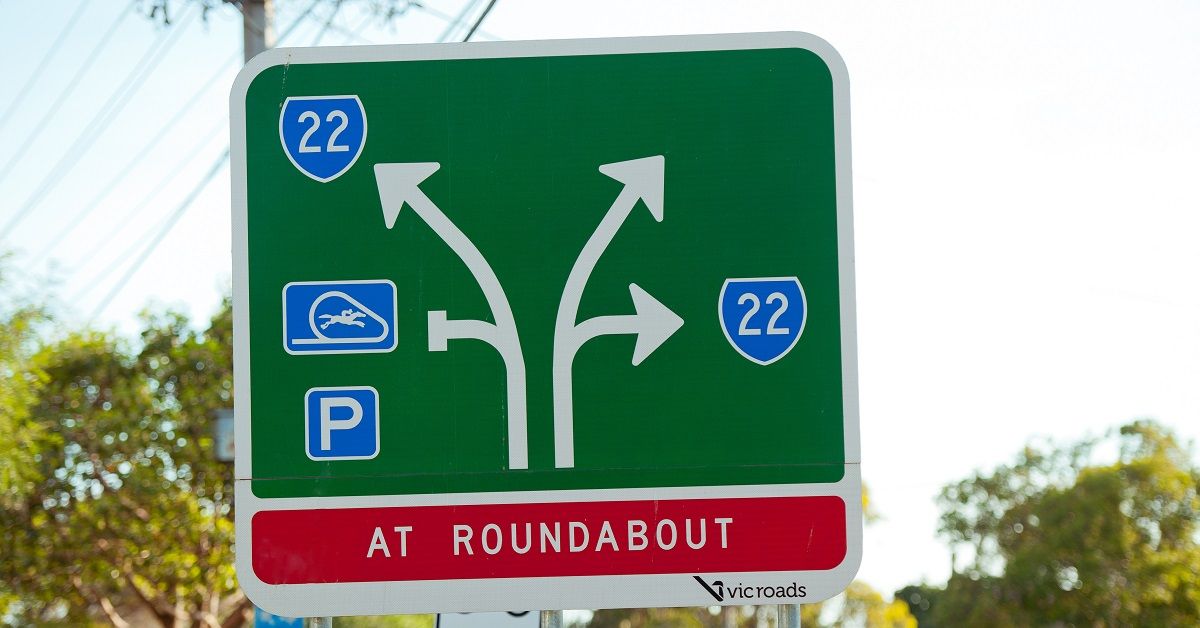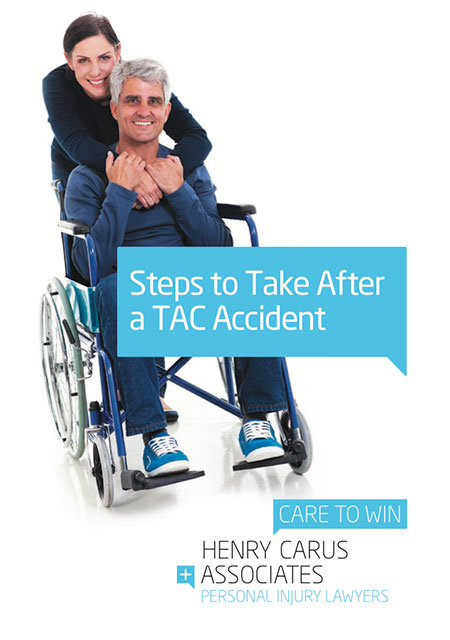
Roundabouts (also known as traffic circles and rotaries) are designed to regulate the speed of traffic and reduce vehicle accidents. Motorists are forced to slow down while entering and driving through a roundabout, and the flow of traffic in a single direction reduces the number of points where one or more vehicles may collide.
However, when an accident does occur in a roundabout, the risk of secondary collisions can pose a danger to other motorists and pedestrians. Furthermore, pedestrians and cyclists may face a higher risk of accidents because vehicles in roundabouts do not come to a complete stop.
If you have been injured in a road accident in Melbourne or another area of VIC, contact Henry Carus + Associates at 03 9001 1318 today for a free, no-obligation consultation. Our lawyers serve motorists and pedestrians injured in roundabouts and other types of accidents.
Where Do Roundabout Accidents Occur?
As you might expect, the places within roundabouts that see the most accidents are the points where vehicles merge into or turn out of the roundabout. These accidents may occur because:
- The driver entering the roundabout misjudges the distance of other vehicles or fails to allow enough time to get up to speed
- The driver in the roundabout is travelling too fast
- The driver entering or exiting the roundabout fails to signal properly
- A driver makes an illegal lane change within the roundabout
Some roundabouts consist of a single lane, while others have multiple lanes. Drivers who wish to turn left from a multi-lane roundabout must be in the left lane, while drivers turning right from a roundabout must be in the right lane.
However, according to the rules provided by VicRoads, cyclists have the option to turn left from the right lane provided they “give way to any other drivers exiting the roundabout.” Bicycle accidents may occur within the roundabout if a driver is travelling too fast or fails to see the cyclist, or the cyclist fails to yield the right of way.
The most common point on a roundabout for pedestrian accidents is in the crossing just before cars enter or exit the roundabout. Pedestrians should exercise caution before crossing at a roundabout, as vehicles are not required to give way.
Steps to Take After a Vehicle Accident in a Roundabout
Despite the touted safety benefits of roundabouts, the constant flow of traffic within the circle poses a threat to the vehicles involved in a collision, as well as other cars travelling through the roundabout. If you are in a roundabout accident, take the following steps to preserve your safety:
- Move your vehicle out of the roundabout (if possible): As with any road accident, your first priority should be to get out of traffic. If your vehicle was not disabled in the crash, try to move out of the roundabout to a point where you can park safely on the shoulder or the side of the road.
- Call for help: Never hesitate to dial 000 after a traffic accident. Emergency personnel will arrive to assess your injuries, and the police can help regulate traffic.
- Exchange information with anyone involved in the accident: Get the name, contact information, and insurance information for the drivers of any vehicles involved.
- Take pictures of the scene: If you are not taken to hospital immediately, use a camera or your mobile to photograph the roundabout where the accident occurred, damage to the vehicles, and more. These pictures may be helpful when you file a claim with the Transport Accident Commission (TAC).
- Speak to witnesses: If anyone saw the accident (such as a pedestrian or a motorist who stops to help), ask them what they saw and get their contact information.
If you are able to take these steps, the next thing you should do is visit the emergency department to have your injuries diagnosed and treated. This done, next you should contact a lawyer for help lodging your TAC claim.
Pedestrians and bicyclists are more likely to suffer serious injuries in a roundabout accident, and they will likely require immediate transport to the hospital. If you were injured on foot or while cycling in a roundabout, a family member or trusted friend may be able to take some of the steps above on your behalf.
Who Is at Fault for Roundabout Accidents?
Although TAC accident benefits are provided on a no-fault basis, the question of who is liable may still play a role in your claim. If you suffer a serious injury in a roundabout accident, you may be entitled to additional compensation through a common law personal injury claim, but only if you can prove that the negligence of the driver or another party resulted in your injuries.
Negligence on the part of a driver may include speeding, following too closely, or making unsafe lane changes while travelling through the roundabout, among other careless behaviours. If you believe that the faulty or dangerous condition of the roundabout itself resulted in your accident injuries, you may be able to recover compensation in a public liability claim against the company or government agency that designed, built, and/or maintains the roundabout.
Contact Our Road Accident Lawyers Today
If you have been injured in a roundabout in Melbourne or another area of Victoria, Henry Carus + Associates can help. Our lawyers have extensive experience with TAC benefits and common law claims arising from many different types of vehicle accidents, including roundabout collisions.
For a free, no-obligation review of your case, please call 03 9001 1318 today. We take accident claims on a No Win – No Fee basis, meaning you don’t pay legal costs unless and until we achieve a favourable result on your behalf.
 Call Us Today
Call Us Today



